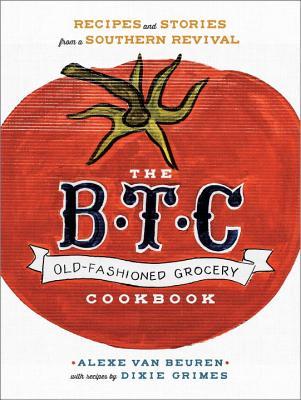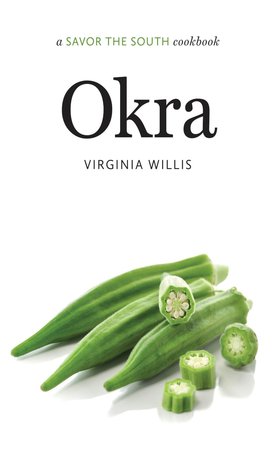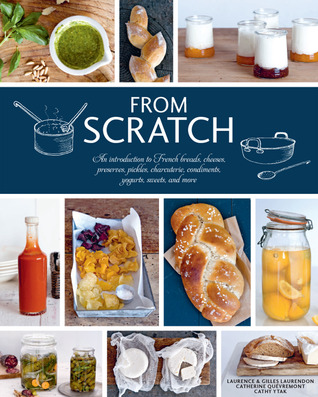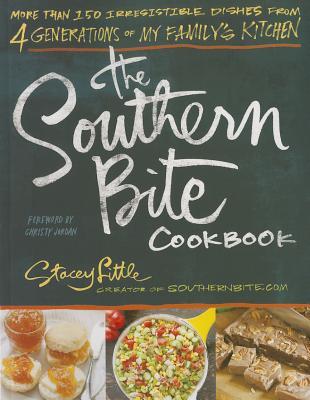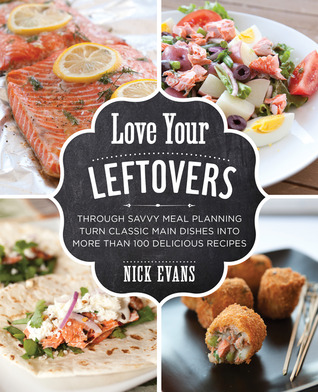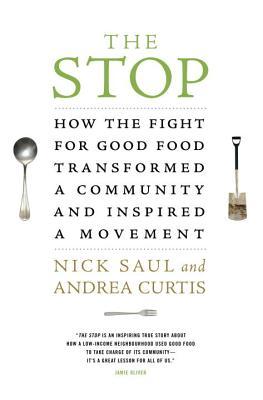The Madonnas of Leningrad by Debra Dean (Books & Banter book club)
This book was actually better than I thought it was going to be. Based on the description and the cover (I know you're not supposed to judge a book by it's cover, but it can make a differnce) it seemed like it would be depressing and slow. While it was partly depressing, it was actually a pretty quick read. The story follows Marina, an elderly Russian woman who is now living in America and suffering from Alzheimer's. When Marina was a young woman she was living in Leningrad during the time of World War II. She worked as a museum guide at the Hermitage and when Russia was invaded the museum staff all lived in the museum and removed the priceless masterpieces and secreted them away for safekeeping. The war time was not something Marina wanted to discuss, but as she ages and begins suffering from Alzheimer's it's almost like she goes back in time in her mind and remembers it all again. I thought the author did a good job of writing about the Alzheimer's from Marina's perspective. She really showed how Marina kind of knew something was off, but how she was also just sliding into the past and not realizing it. Overall, it was OK and I wouldn't really recommend it.

Mastering the Art of French Eating by Ann Mah
Ann Mah always wanted to live in France ever since she visited with her family as a child. Her husband, Calvin, also lived in France when he was in college. Calvin works as a diplomat so they move to a different country or city every 3 years. Then suddenly Calvin gets an assignment in Paris! Ann is so excited and can't wait to spend 3 years with Calvin in Paris. But, shortly after they arrive in Paris Calvin finds out that he has to go to Baghdad for a year. Ann can stay in Paris, but it means they'll be apart most of that first year. Ann decides to take advantage of that first year and explore some of the traditional French dishes and the areas where they originated. Her exploration of France's signature dishes helps her learn more about France and also helps her deal with missing Calvin in that year they are apart. It was definitely an interesting book and when she was describing some of the dishes it made me wish I was there to eat it with her! At the end of each chapter Ann gives a recipe for that signature dish that that chapter explored. Overall, a good culinary memoir that will make you want to go to France and sample the dishes for yourself.

The Age of Miracles by Karen Thompson Walker (book club)
I absolutely LOVED this book! I probably never would have read it either if not for my book club. The narrator is 11-year-old Julia. One day Julia's family wakes up and hears on the news that the rotation of the Earth is slowing and their days are getting longer. Soon, they have more than 24 hours of daylight and 24 hours of darkness. The slowing of the rotation brings about cataclysmic changes, but slowly at first. Soon there is a divide between "real-timers" and people who continue to follow the old 24-hour day. What I found the most interesting was how some of the characters didn't really react to this news at all - they just kept on doing whatever they had been doing before, but others really freaked out and seemed to understand before others what these changes would mean in the near future. I also thought the author did a fantastic job with Julia's voice and dealing with the super awkward time of the middle school years. Julia not only has to cope with the normal pre-teen angst, but also all the additional issues the slowing brings. I really felt like the author did a great job with how she had the effects of the slowing play out and also with the main character Julia. Overall, I thought this book was great and I would highly recommend it!

Pilgrim's Wilderness: a true story of faith and madness on the Alaska Frontier by Tom Kizzia
In 2002 a man calling himself Papa Pilgrim arrived in the remote Alaskan town of McCarthy with his wife and fourteen children. He said they were a strong Christian family looking to live off the land and raise or hunt all their own food. They purchased land around a deserted mining camp inside the Wrangell-St. Elias National Park. At first the locals in and around McCarthy thought this new family would be a great addition to their community, but within a matter of weeks they were bulldozing roads through the National Park, which is illegal, and forcing their ways on the small town. Anyone who got in their way or disagreed with Pilgrim was "against God" and would be damned to hell. Pilgrim also started a heated battle with the National Park Service over access to their land through the National Park. As author Tom Kizzia, who was working as a reporter for the Anchorage Daily News, dug into the story he also began to uncover background on the Pilgrim family. He found out that Papa Pilgrim was really Bob Hale who grew up in privilege in Texas. After marrying Kurina Rose and starting a family they moved to New Mexico where their neighbors quickly grew to see the Hales as manipulative thieves who took what they couldn't get legally. After an incident in New Mexico that drew authorities into the picture the Hale family re-christened themselves the Pilgrims and started out toward Alaska. As their drama with neighbors in McCarthy and the National Park Service grew, some of the older children began to attempt to break away from Papa Pilgrim. What they disclose about life with the "Christian" Papa Pilgrim would make your hair stand on end - brutal punishments and beatings for small infractions, forced fasting, sexual abuse, and brainwashing.
This story was very fascinating, but I still hate to see a story of someone abusing their family in the name of being a Christian. While disturbing, I was glad to see a good resolution to the story. Thanks to an awesome family who took in most of the Pilgrim family, the children have all moved on to better things and more normal lives without their father in the picture.

Tempting Fate by Jane Green
I was pretty disappointed with this one. I saw an interview with Jane Green where she said this is the only book she's written that's based in the real town where she lives, Westport, Connecticut. Green says this book is based on not any real person she knows, but on friends of friends who suddenly lose weight, dress better, wear more make up and then it comes out a few months later that they're having an affair. In Tempting Fate Gabby never thinks of herself as someone to be tempted into an affair - she loves her husband Elliot and their two daughters, Olivia and Alanna. But, she is also starting to feel old and overlooked. At a girl's night out she meets Matt, who is 10 years younger than her and obviously attracted to her. What she views as a harmless flirtation to make her feel better about herself turns into an obsession with her relationship with Matt. When things go too far Gabby finds out that the consequences of "one-time" fling can be devastating.
My biggest complaint is that at first this book seems to glorify adultery, but when Gabby realizes the consequences for her fling it seemed much more realistic. Then the end wrapped up everything WAY to perfectly. Just very unrealistic and unlikely to ever actually happen. I really like Jane Green, she's one of my favorite authors, but I didn't really like this one much.
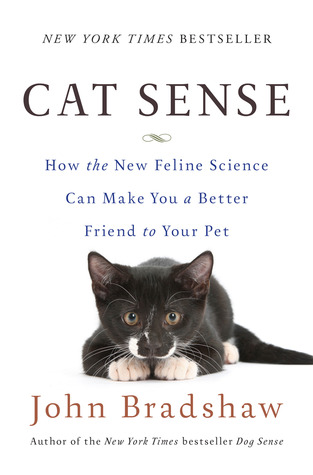
Cat Sense: how the new feline science can make you a better friend to your pet by John Bradshaw
I liked this book more than I thought I was going to when I started reading it. I did learn a lot about cats that I didn't know, but there was SO much scientific information and detail that it wasn't an easy non-fiction read. Bradshaw goes over how cats evolved into the pets we know today, the history of keeping cats as pets, how cats today still have to learn to be pets, how cats think and feel, how cats relate to humans and each other, how cats impact wildlife and what the future looks like for cats. It seems that Bradshaw came in with the assumption that most pet cats will be outside some of the time, which I personally don't always agree with. Although I did learn a lot, it wasn't a very "readable" non-fiction book and was VERY scientific, so it's not necessarily for everyone.
Some quotes I liked:
I knew the Egyptians were one of the earliest cultures to keep cats as pets and even view them as deities. They also mummified some special pet cats. I did not know "...the sacrificial cats were bred specifically for this purpose. Remains of catteries have been found adjacent to the temples of all the deities associated with cats or other felids. There is little doubt that these cats were deliberately killed for mummification, since X-rays of the mummies show that their necks had been dislocated, and others were probably strangled. Some were killed when they were still kittens, at two to four months old, while others were fully grown, at nine to twelve months: presumably the purveyors of such a commercial operation saw no benefit in feeding a cat for any longer than this unless it had been earmarked for breeding. The mummies would be sold to visitors to the temple, who would then leave them there as offerings to the appropriate deity." (p. 38-9)
"Littermates that are homed together usually form a stronger bond with one another than two unrelated cats. In August and September of 1998, a student and I studied this by recording behavior of pairs of cats in boarding catteries...We compared fourteen pairs of littermates that had lived together since birth with eleven pairs of unrelated individuals that had not met each other until at least one of the pair was more than a year old. Despite the hot weather, all the littermate pairs slept in contact with each other, but we observed only five of the unrelated pairs ever lying in contact with each other, and even those only occasionally. Many of the littermate pairs groomed each other; the unrelated pairs never did. Almost all the littermates were happy to feed side by side; we had to feed most of the unrelated pairs from separate bowls or in turns." (p. 94)
"Cat need to meow because we humans are generally so unobservant. Cats constantly monitor their surroundings (except when they're asleep, of course) but we often fix our gaze on newspapers and books, TVs and computer screens. We do, however, reliably look up when we hear something unusual, and cats quickly learn that a meow will grab our attention...Some will deliver the meow at specific locations - by the door means 'Let me out,' and in the middle of the kitchen means 'Feed me.' Others find that different intonations lead to different results, and so 'train' themselves to produce a whole range of different meows. These are generally different for each cat, and can be reliably interpreted only by the cat's owner, showing that each meow is an arbitrary, learned, attention-seeking sound rather than some universal cat-human 'language.' Thus, a secret code of meows and other vocalizations develops between each cat and its owner, unique to that cat alone and meaning little to outsiders." (p. 140)
"Cats are descended from a species with a solitary lifestyle, and therefore much of their behavior is guided by the need to compete, not to collaborate." (p. 146)
"If you don't yet have a cat, consider getting two littermates; they will be good company for each other. If you already have one indoor cat, plan ahead before getting another cat for 'company.' Cats that have never met before are unlikely to adapt spontaneously to sharing a confined space." (p. 217)
"Few veterinary procedures excite as much controversy was declawing...This is regarded as routine in the United States and the Far East, but is illegal in many places, including the European Union, Brazil, and Australia. Declawing is a surgical procedure that involves amputation of the first joint of the cat's toes. The initial pain resulting from the procedure may be controlled by analgesics, but we do not know whether cats subsequently feel phantom pain due to the nerves that have been severed...Declawed cats are more likely to urinate outside their litter boxes than other indoor cats, possibly because of the stress of this phantom pain [or pain after the procedure that they associate with the litter box not the surgery]. Claws are an essential defense mechanism for cats. While owners of indoor cats will argue that their cat never meets other cats, and so should never need their claws, a declawed cat that is picked up roughly by a person may resort to biting, unable to scratch to indicate its discomfort, and thereby cause a much more significant wound." (p. 267)
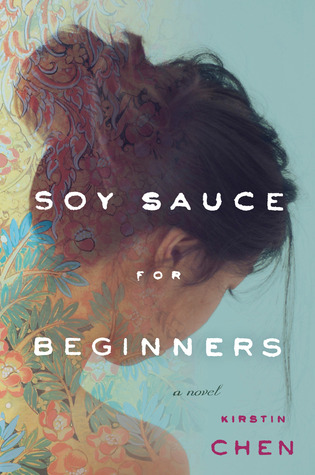
Soy Sauce for Beginners by Kirstin Chen
Gretchen Lin always felt pulled in opposite directions by her parents. Her mother wanted her to go to school in the US and become more American, but her father always hoped Gretchen would come back to their native Singapore and help run the family artisanal soy sauce business. When Gretchen does come back to Singapore she's trying to escape her failed marriage and lack of direction; at first she isn't interested in getting involved in her family's business. But, she quickly realizes there are some problems brewing in the business and without meaning to she jumps back in. While trying to work out what direction she wants for her life, Gretchen has to deal with the family business drama, her mother's worsening health, and a possible new romance. Eventually Gretchen realizes the importance of family and continuing her grandfather's legacy with the soy sauce business.
I thought the author did a good job with Gretchen's character. Her depression and apathy is almost palpable, but it's also depressing to read too, which is why I didn't rate the book higher. I found the first part of the book harder to read because she is SO depressed and you KNOW what the right thing for her is, but it takes her almost the whole book to figure it out. It was a quick read and I did like that not everything is wrapped up in the end, but you definitely feel hopeful for Gretchen's future.
The Stop by Nick Saul and Andrea Curtis
This was a really interesting and inspiring book. Nick Saul takes over as the director of a food bank in a rough area of Canada. He knows that the people they serve need more than a food basket once a month - especially when a lot of that food is high-calorie/low-nutrition processed food. Over fifteen years he takes The Stop from a small food bank to a model organization for a better way to help get better foods into the hands of the people who need it the most. The Stop begins growing a garden to introduce more fresh foods into the hands of the people they serve. They also start offering nutrition classes for pregnant women, cooking classes and demonstrations, and so much more. It's really amazing what they are able to accomplish in a relatively short amount of time. Saul is honest too about the problems and set backs - the realities of doing the work that they do. There are lots of success stories, but there are also the people they try to help who go back to their old ways. I think the idea of food banks incorporating gardens is a great idea and helping the people who use them learn more about how to grow and cook healthy food is vital. Overall, this was an inspiring book about how food banks and how they can be transformed in the future.

The Bookstore by Deborah Meyler
I was SO disappointed with this book. Whatever I had read about it before I got it made it sound fantastic, but it was so bad I wish I hadn't wasted the time reading it. The story follows Esme Garland, a PhD student at Columbia University. Esme's been having a relationship with Mitchell van Leuven, an upper crust, blue-blooded New Yorker. When Esme finds out she's pregnant it changes everything with Mitchell. At the same time she learns of her pregnancy Esme starts working at The Owl used bookstore. Unexpectedly her co-workers at The Owl will become her substitute family while she deals with her pregnancy and Mitchell. While Esme may be a PhD student her character is SO stupid - everyone else can see through Mitchell right away, but she keeps hoping he'll change. And there was a lot of unnecessary and over the top sexual stuff that just didn't work at all. Overall, I would NOT recommend this one to anyone. I wish I hadn't wasted my time.
